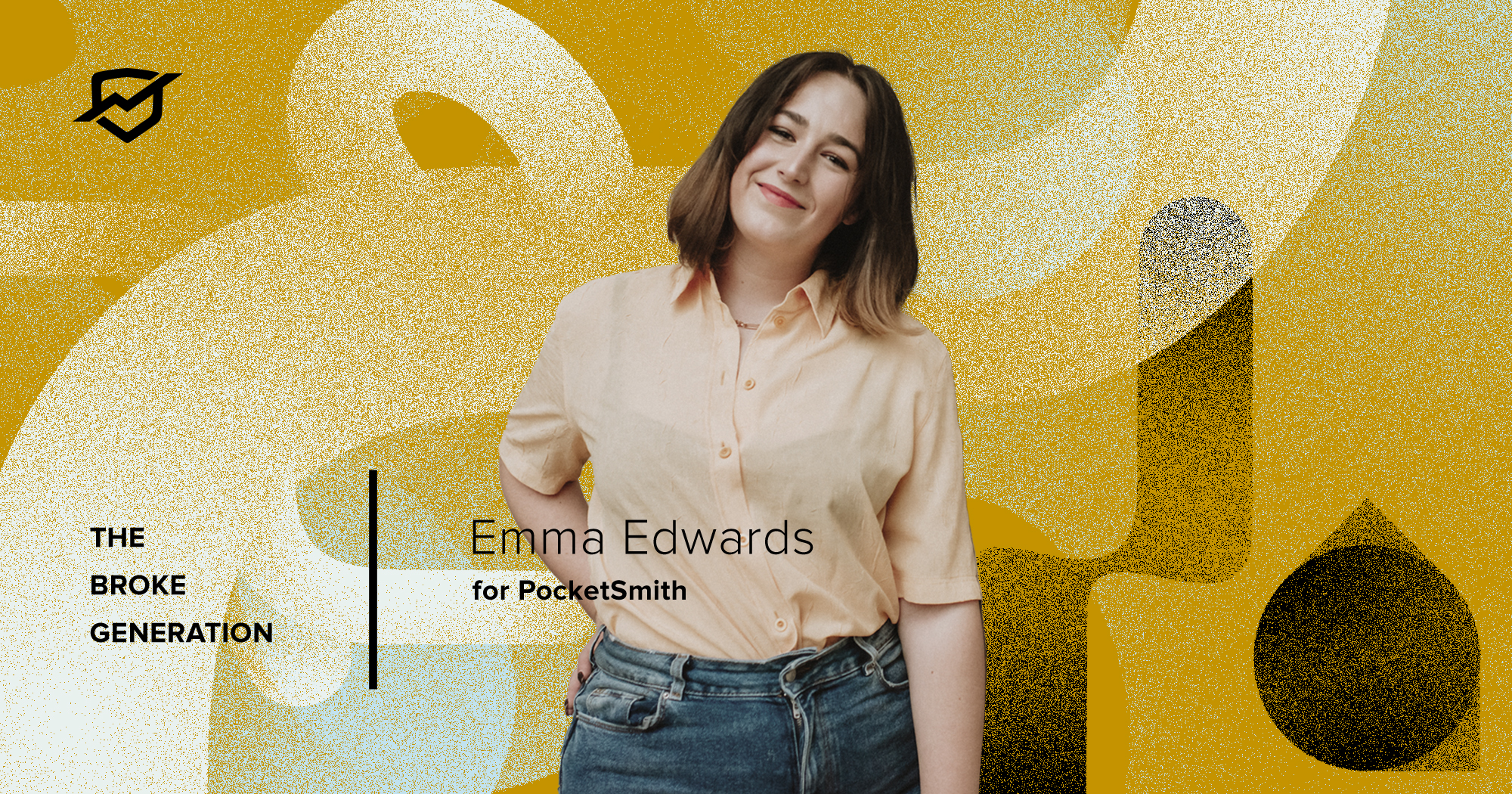
At the end of 2022, I made the decision to take a break from buying clothing for a full year.
I’d noticed I’d been tumbling back into old patterns of clothes shopping, getting stuck in cycles of wanting more and more, and making online purchases that weren’t aligned with my financial goals. While I’d not been spending beyond my means, I knew I was buying more than I wanted to be, and that that money could be put to better use.
I’d been flirting with the idea of doing a no-buy year for a while. I liked the idea of the challenge and figured I could save some money in the process. But it was actually my PocketSmith dashboard that solidified my commitment. I was looking at my spending for the year to date to explore opportunities for new goals for 2023, and I started honing in on which categories were sucking up my money.
I identified that I could free up around $5,000 by cutting my clothing spending out completely. With the cost of living increasing, it felt like an easy win. Well, easy-ish. Giving up buying clothes for a year wasn’t going to be a cakewalk, but I knew that the majority of my clothing purchases were wants and not needs, and I knew my spending habits would benefit from a year-long circuit breaker.
The only rule was that I couldn’t consume any new clothing, or new-to-me clothing, for the entire year. That meant no clothes shopping (obviously), but also no thrifting, swapping or renting. I love thrifting, and it’s certainly cheaper than buying new. But I’ve made the mistake before of treating second-hand shopping like fast fashion. I’d load my cart with more and more because it’s cheap, and the ethical nature of preloved sort of gives you that permission to go a bit wild.
Exemptions from my clothing ban included shoes and accessories, purely because I don’t really gravitate towards buying these things very often. I keep tabs on my behavior in this area, though. I’m conscious of making sure I don’t spend money on these exempt items just to ‘scratch the itch’ of wanting to spend money.
When it comes to doing a no-buy year, I think there are two approaches. You can distance yourself from the temptation, shut your eyes and just get through the year by minimizing your likelihood of wanting to buy. That’s one way of doing it. I personally chose to steer into the skid. Rather than avoid the things I find myself wanting to buy, I expose myself to them.
Every now and again, I’d take myself to stores to look at clothing I’d otherwise consider buying. I would scroll through websites I like and expose myself to things that would otherwise tempt me to punch in my card details. That’s because I wanted the year to have a lasting impact on the way I spend money and the way I consume clothing. Changing the way I respond to seeing things I like and proving to myself that it doesn’t always have to result in a purchase has been really helpful in getting comfortable with my withdrawal from clothing consumption.
I had built up an album on my phone of outfits I put together from my existing wardrobe, which really helped on those ‘nothing to wear’ days. It also really proves to me just how much mileage I can get from my clothing when I put a bit of effort into being more creative.
At the time of writing, I was six months into my year-long clothes-shopping freeze and really enjoying it. The mental freedom from being constantly tempted by nice things is incredibly powerful. I developed an ability to see things I like and confidently walk away, knowing I’m in control of my purchase decisions, which is starting to translate to my finances.
Thanks to not buying clothing for the whole year, I was able to pay for some unexpected life expenses more easily, and I noticed my splurge savings account gets dipped into far less often than it ordinarily would! Plus, the habits, discipline and clarity I experienced are also translating to other areas, as it’s reignited my prioritizing my goals over immediate gratification.
Emma Edwards is a finance copywriter and blogger, on a mission to humanize the financial services industry by creating meaningful content that’s accessible and empowering. You’ll find her penning money tips at her blog, The Broke Generation, sharing financial insights on Instagram, or injecting life into content for her business clients.